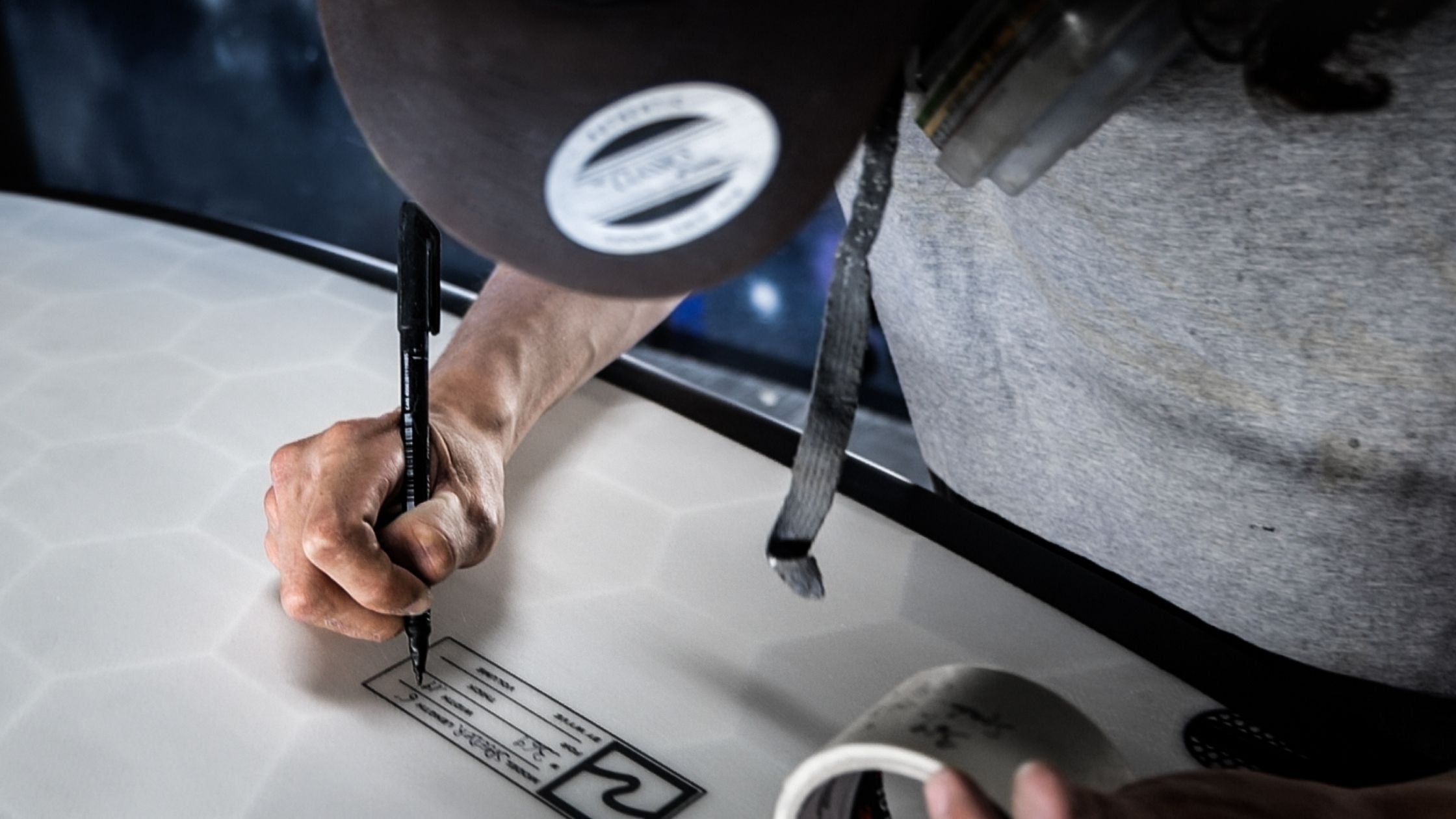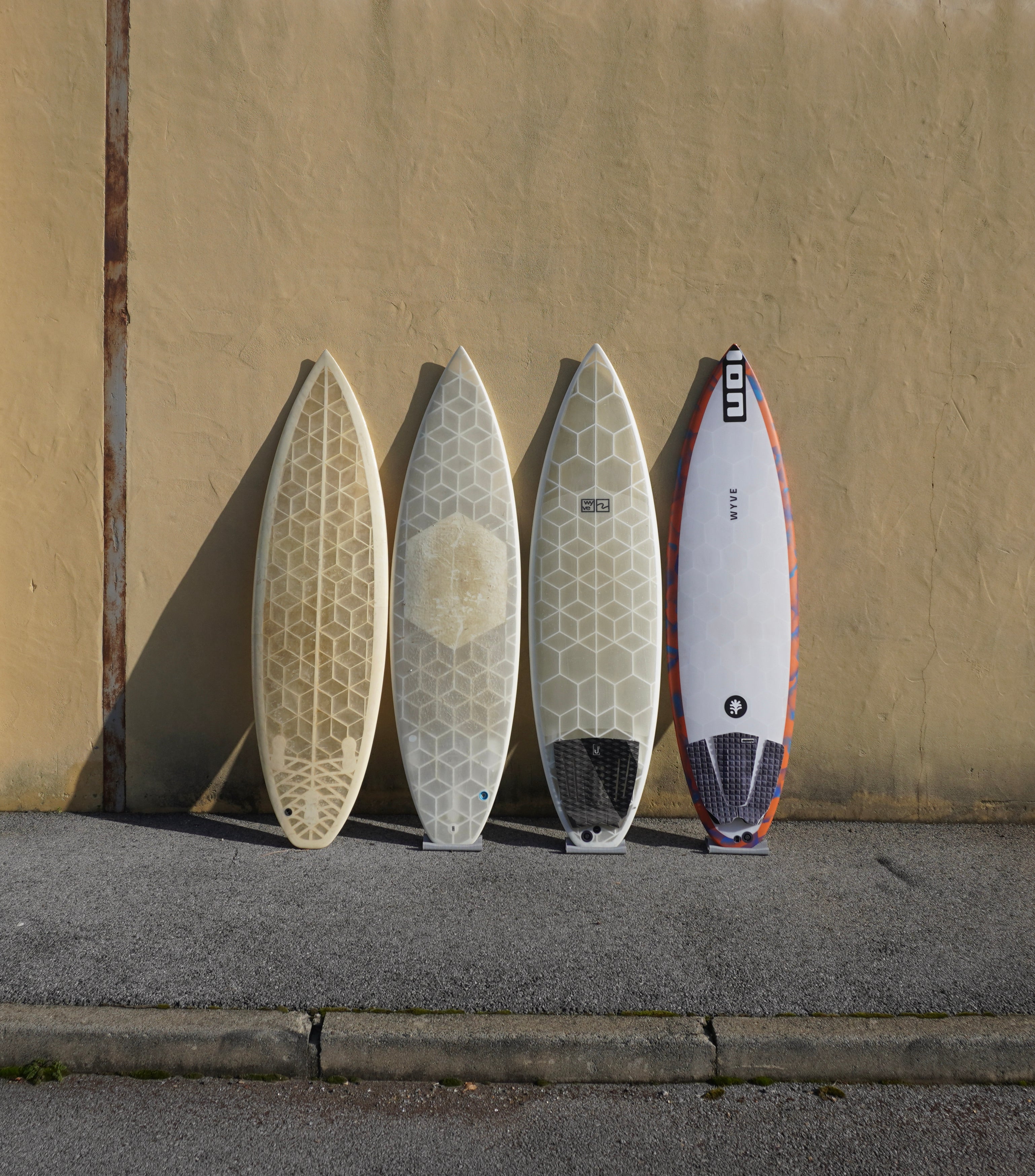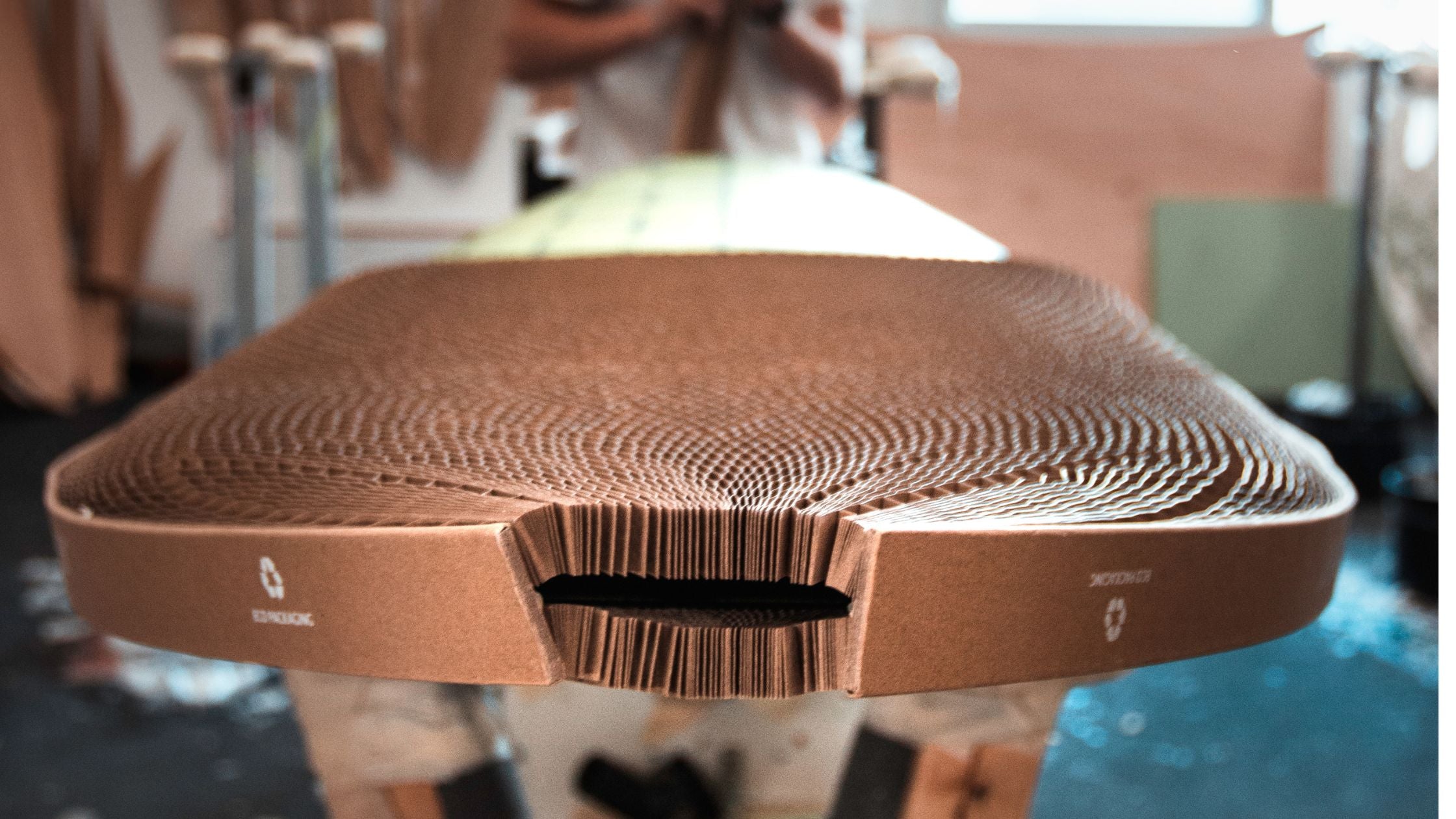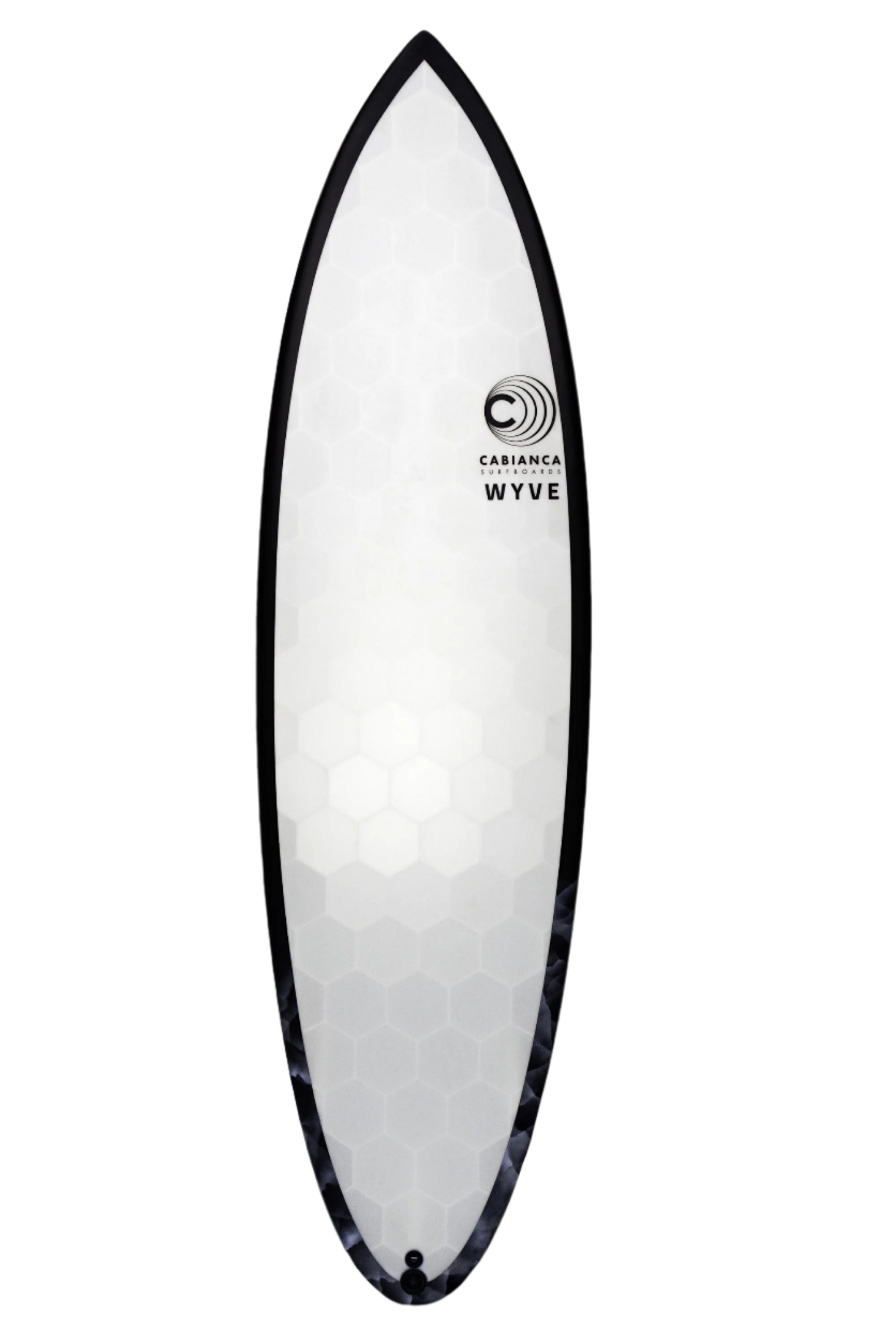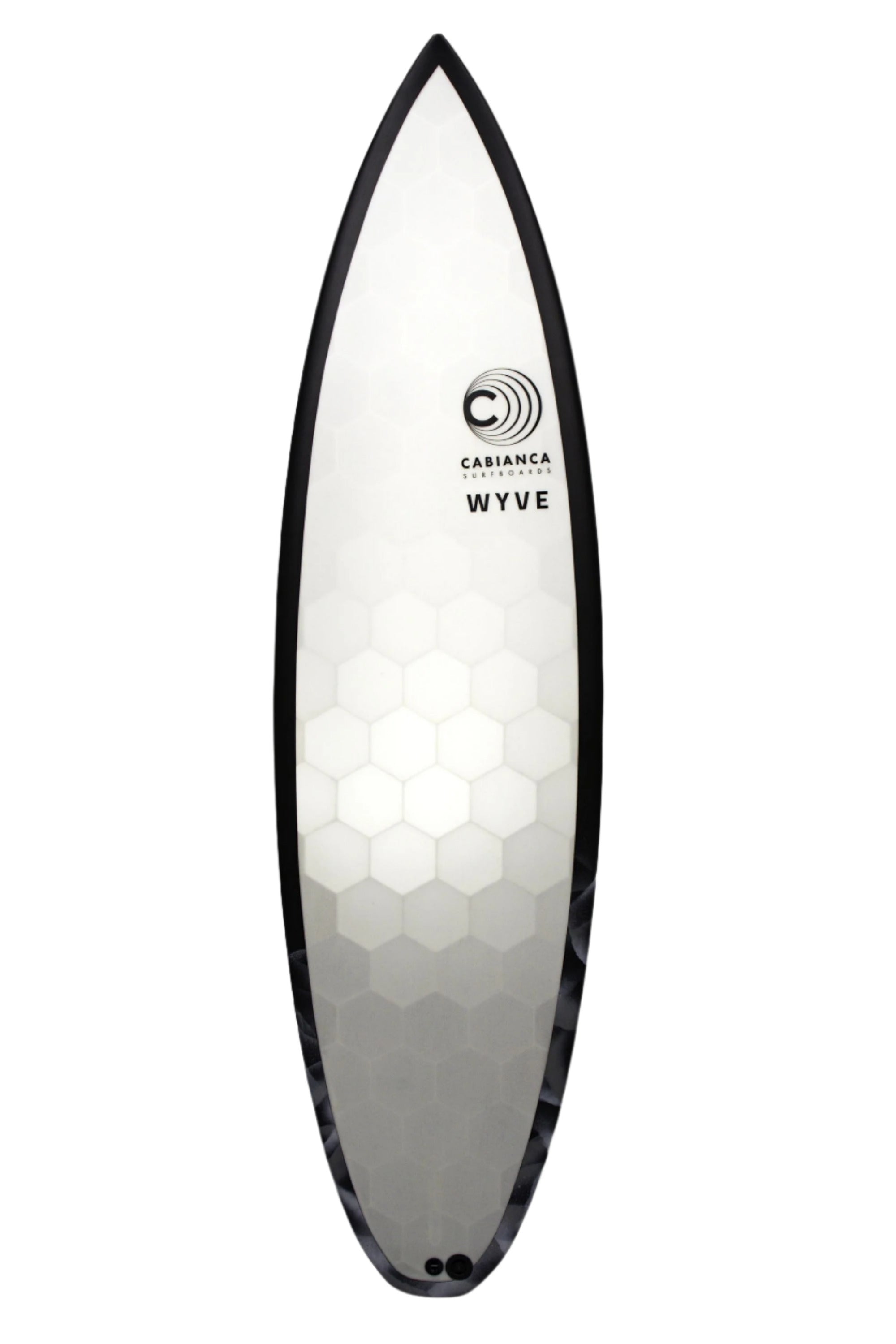Unveiling Surfboard Volume: A Comprehensive Guide to Calculation and Understanding
Choosing the right surfboard is an essential step towards mastering the art of wave riding. While length and width undoubtedly play a crucial role, understanding surfboard volume is paramount for achieving optimal performance in the waves.
Surfboard volume, a key determinant of buoyancy, stability, and paddling ease, guides your surfboard's behavior in the water. This comprehensive guide delves into the intricacies of surfboard volume, empowering you to calculate and comprehend this critical factor.

Unraveling the Significance of Surfboard Volume
Before embarking on the journey of volume calculation, let's unravel the significance of this concept. Surfboard volume directly influences how your board sits in the water. A higher volume board provides greater buoyancy, making paddling and catching waves a breeze. Beginners often gravitate towards higher volume boards, as they offer stability and support during the learning process.
Calculating Surfboard Volume: A Step-by-Step Guide
To calculate the volume of your surfboard, you'll need three essential measurements: length, width, and thickness. The formula for calculating volume is straightforward:
Volume = Length × Width × Thickness
This formula provides you with the overall volume in cubic inches or liters, depending on the units used for the dimensions. However, liters are the preferred unit of measurement in the surfing community.
Step-by-Step Guide:
-
Measuring the Length:
-
Using a tape measure, accurately determine the length of the surfboard from nose to tail. Measure along the centerline for precision.
-
Measuring the Width:
-
Measure the width of the board at its widest point. This is usually near the midpoint but can vary based on the board's design.
-
Measuring the Thickness:
-
Find the thickness by measuring the distance from the top to the bottom surface of the board. This is typically measured at the center of the board.
-
Applying the Formula:
-
Plug the measured values into the volume formula:
Volume = Length × Width × Thickness
-
Converting to Liters (Optional):
-
If your measurements are in inches, the result will be in cubic inches. To convert to liters, divide the cubic inches by 61.0237 (1 cubic inch ≈ 16.387 liters).
Example Calculation:
Let's assume you have a surfboard with the following dimensions:
-
Length: 6'6'' (78 inches)
-
Width: 20 inches
-
Thickness: 2.5 inches
Volume = 78 inches × 20 inches × 2.5 inches
Volume ≈ 3900 cubic inches
To convert to liters:
Volume in Liters ≈ 3900/61.0237
Volume in Liters ≈ 63.82 liters
Nuances of Surfboard Volume
For a deeper understanding of surfboard volume, explore these insightful resources:
By understanding the relationship between length, width, and thickness, you can make informed decisions when selecting a board that aligns with your skill level and surfing style.
Experiment with different volumes to uncover the perfect balance that enhances your surfing experience. Remember, the right volume contributes to improved paddling, stability, and overall enjoyment on the waves.
Unveiling surfboard volume empowers you to make informed choices, ensuring you ride the waves with confidence and finesse. Embrace the knowledge, calculate your board's volume, and embark on a journey of surfing mastery.






